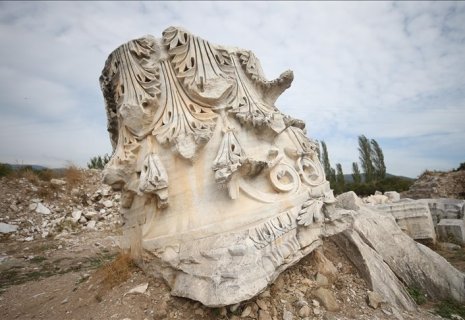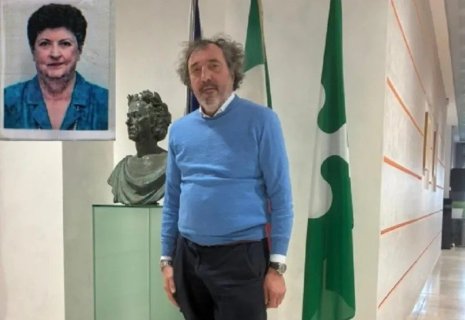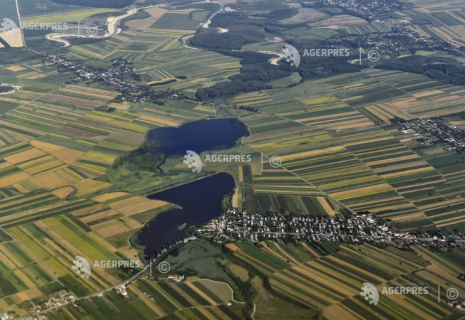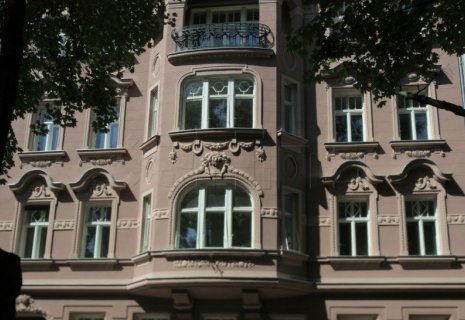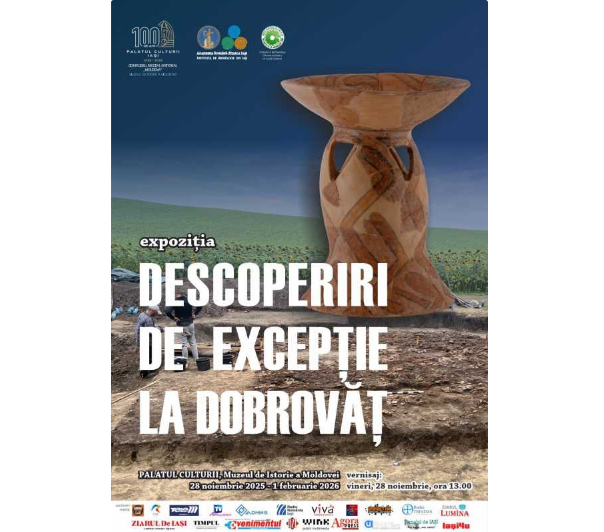
Romania–China research team uncovers unique prehistoric artifacts
The exhibition “Exceptional Discoveries at Dobrovăț” will be open to the public at the Palace of Culture in Iași, in the spaces of the Museum of the History of Moldova, from November 28 to February 1, 2026. It aims to bring to the forefront the most valuable artifacts discovered at the Dobrovăț–Pădurea Buda archaeological site.
According to representatives of the Palace of Culture, the exhibition offers visitors a perspective on one of the most important international archaeological sites carried out in Romania, CE Report quotes AGERPRES.
“Under the auspices of the Ministry of Culture, through the National Museum Complex ‘Moldova’ Iași – Museum of the History of Moldova; of the Romanian Academy, through the Institute of Archaeology in Iași; as well as the Academy of Social Sciences of the People’s Republic of China, through the Institute of Archaeology in Beijing, a major research project was carried out between 2019 and 2025, dedicated to systematic excavations at the Dobrovăț – Pădurea Buda site, Iași County. The Dobrovăț project represents a remarkable example of international collaboration, and the exceptional results of this research are being presented to the public at the Palace of Culture,” said Andrei Apreotesei, manager of the Palace of Culture – National Museum Complex “Moldova” Iași.
Located about five kilometers from the village of Dobrovăț, the archaeological site was investigated by a joint Romanian–Chinese team, becoming at the same time a true training excavation site where specialists from multiple fields collaborated: archaeologists, geophysicists, anthropologists, zooarchaeologists, restorers, conservators, and museum experts. The central objective of the project was to identify possible explanations for the remarkable similarities between the Cucuteni–Tripolye and Yangshao cultures, two of the world’s most important prehistoric civilizations.
During the research, nine dwellings belonging to the Cucuteni culture were excavated, along with several complexes attributed to the Cozia–Saharna culture, including the grave of a child. The Cucuteni dwellings provided essential data on construction techniques, internal spatial organization, and the existence of cult complexes—some of which are unique so far within the Cucuteni cultural area.







